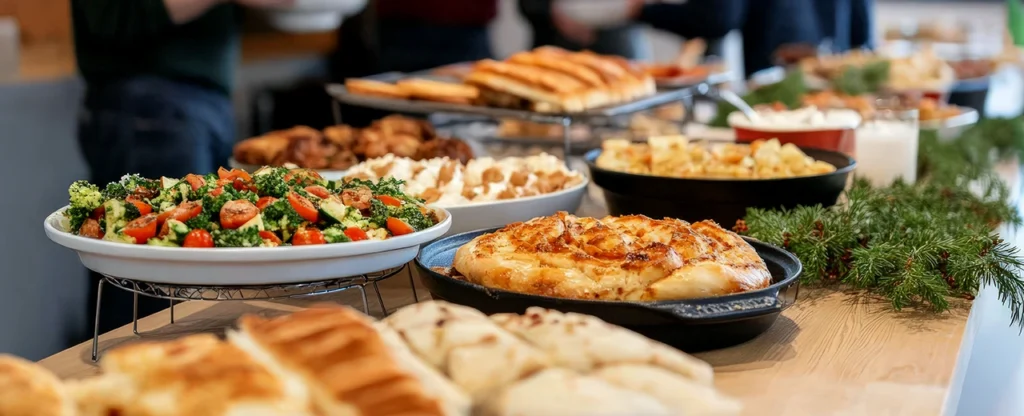
First In, First Out (FIFO)
Organize your kitchen with FIFO (First In, First Out) for better food service.
First In, First Out (FIFO) is a system for storing and rotating food. In FIFO, the food that has been in storage longest (“First in”) should be the next food used (“First out”). This method helps restaurant owners keep their food storage organized and to use food before it goes bad. First In, First Out is an effective system that should be a standard operating procedure for every food service establishment and a staple practice for food managers.
ORGANIZATION IS KEY
Everyone wants to be first, but food service works better when there is order (I’m looking at you, Martin the Milk). The key to FIFO is organization, and it all starts with use-by dates.
FOLLOW USE-BY DATES
First In, First Out organizes food by expiration or use-by date. For the system to work, all food in refrigerators, freezers, and dry storage must be marked with a use-by date. If food doesn’t have a use-by or expiration date, workers should mark the food package with the date received and use that date as a storage reference.
STORE THE SAME FOOD TOGETHER
Under FIFO, Food is organized to keep the same kinds of foods together. For example, packages of the same food should be stored in one area so they are all kept together. This organization makes finding food easier and cuts down on the time it takes to stock items.
ARRANGE OLDER FOOD IN FRONT
Storing food by category isn’t enough on its own. Food in storage should be arranged from oldest to newest according to use-by dates. Newer foods should be put at the back of the shelf behind older foods, leaving the oldest food in the most accessible place near the front of the shelf.
This system makes it easy for food workers to find the oldest food and to use it first when that ingredient is needed. FIFO organization saves food service operators the time they would have spent searching for an item or comparing expiration dates.
MAINTAIN FIFO
For FIFO to really work, the organization system must be maintained. The process of date-marking, organizing, and arranging food in First In, First Out order should happen every time the facility receives new shipments of food. Different foods require different steps to integrate them into the FIFO system. Some foods may need date-marking. Other food will need some preparation before it can be stored in a refrigerator or freezer. Depending on the size of the packaging, a row of over food may need to be shifted forward or temporarily taken out so newer food can be placed in the back.
FIFO Benefits
It takes extra effort to organize food according to First, In, First Out, but the effort pays off. FIFO keeps older food from being shoved to the back where it can be forgotten or overlooked. FIFO helps food establishments cycle through their stock, keeping food fresher. This constant rotation. helps prevent mold and pathogen growth. When employees monitor the time food spends in storage, they improve the safety and freshness of food.
FIFO can help restaurants track how quickly their food stock is used. This information is useful in managing inventory and adjusting orders to more closely fit the needs of the facility, reducing waste. FIFO also makes it easier to identify food that is about to expire. Food must be discarded if it is past its use-by date, and FIFO can help food establishments catch items that are almost expired and use or sell them before this date passes.
For organization, tracking, safety, and usefulness, FIFO can’t be beat. If your establishment hasn’t tried First In, First Out, give it a trial run and enjoy the benefits.
FOOD STAFETY REMINDER
To minimize waste in your establishment, use older products first as long as they are safe to use.
Content courtesy of State Food Safety
StateFoodSafety.com
The Rameking-Simplifying FIFO Systems Other ways to Waste Not Want Not
Meet our FIFO Compliance Champion








